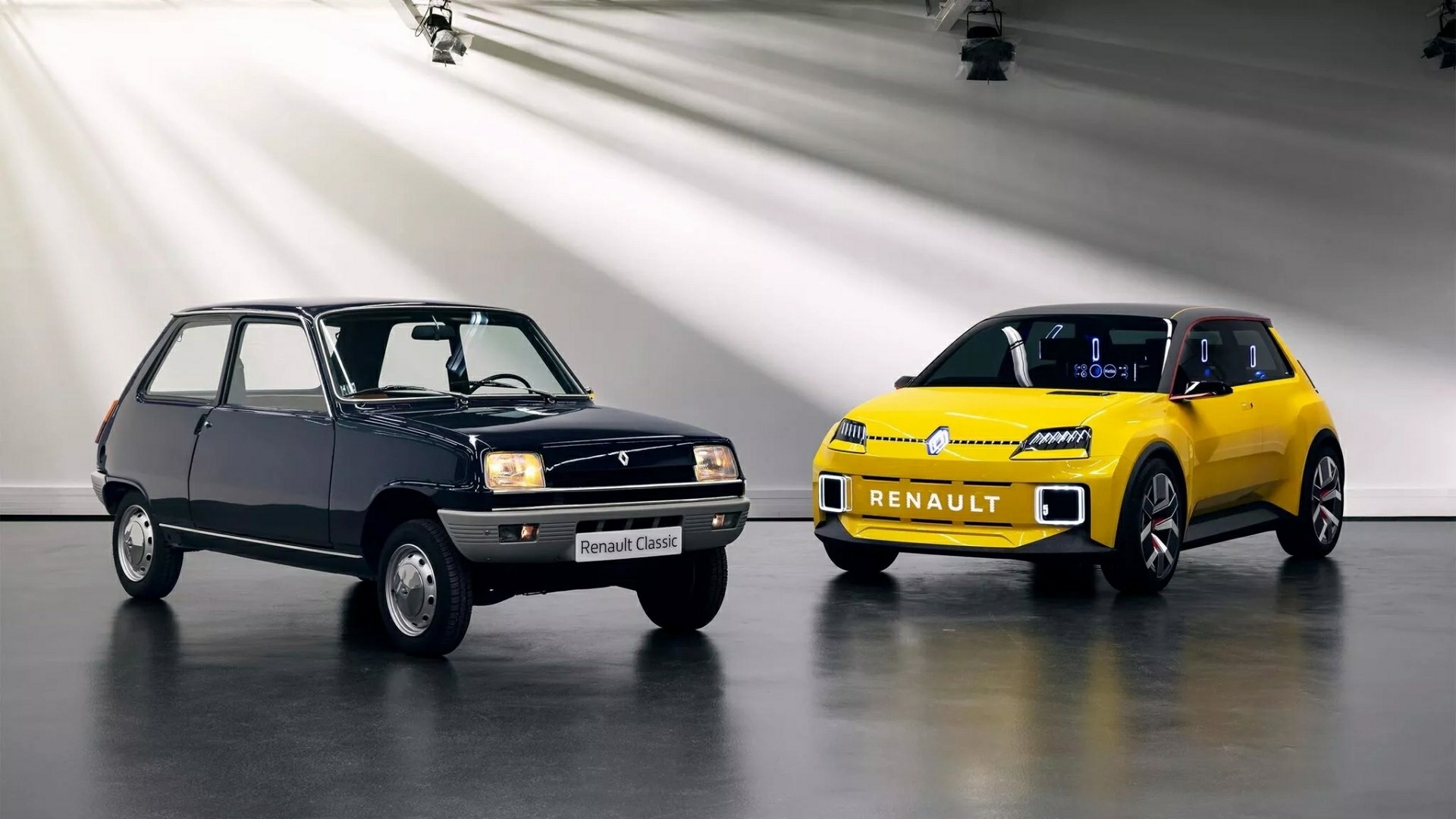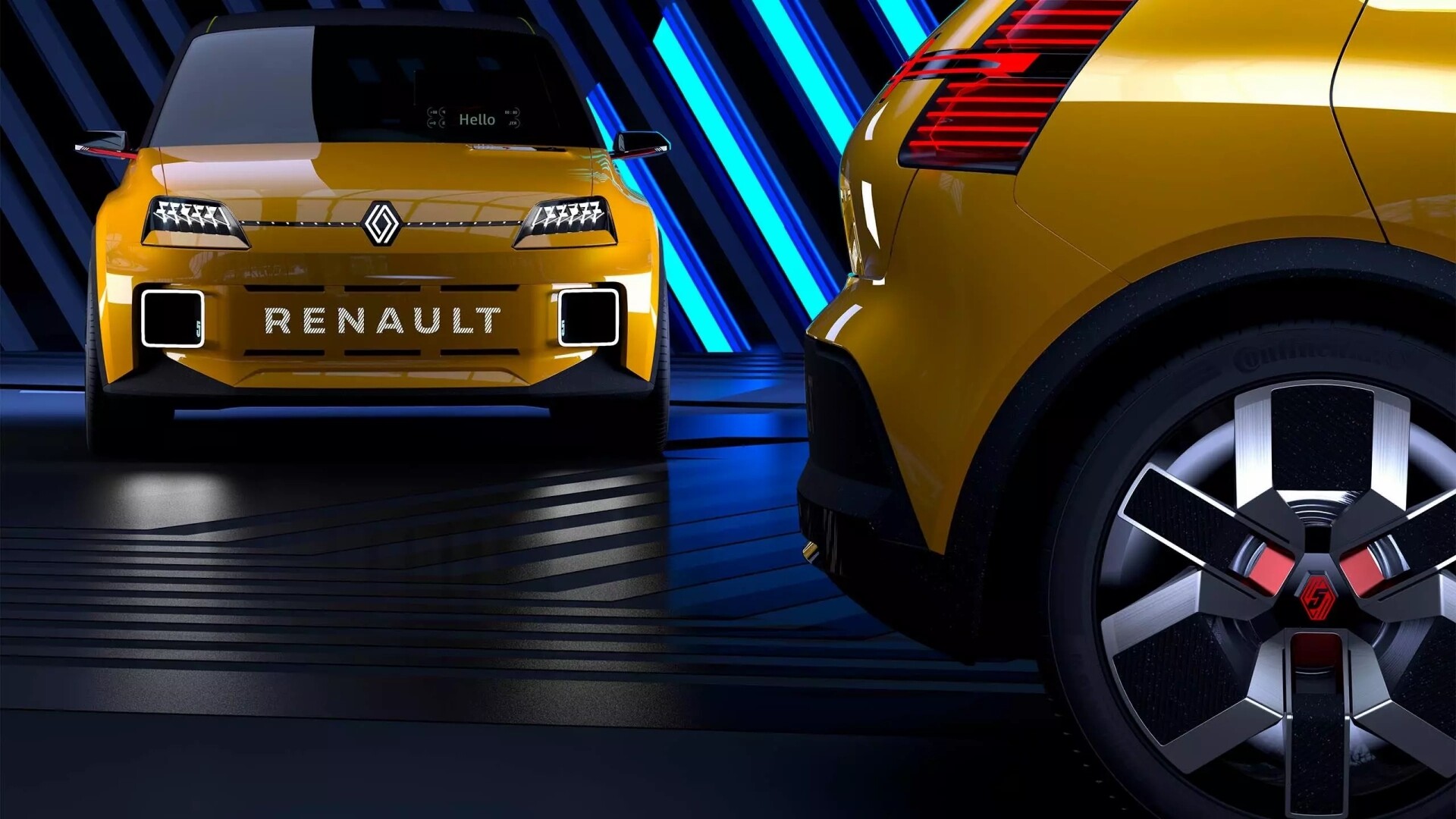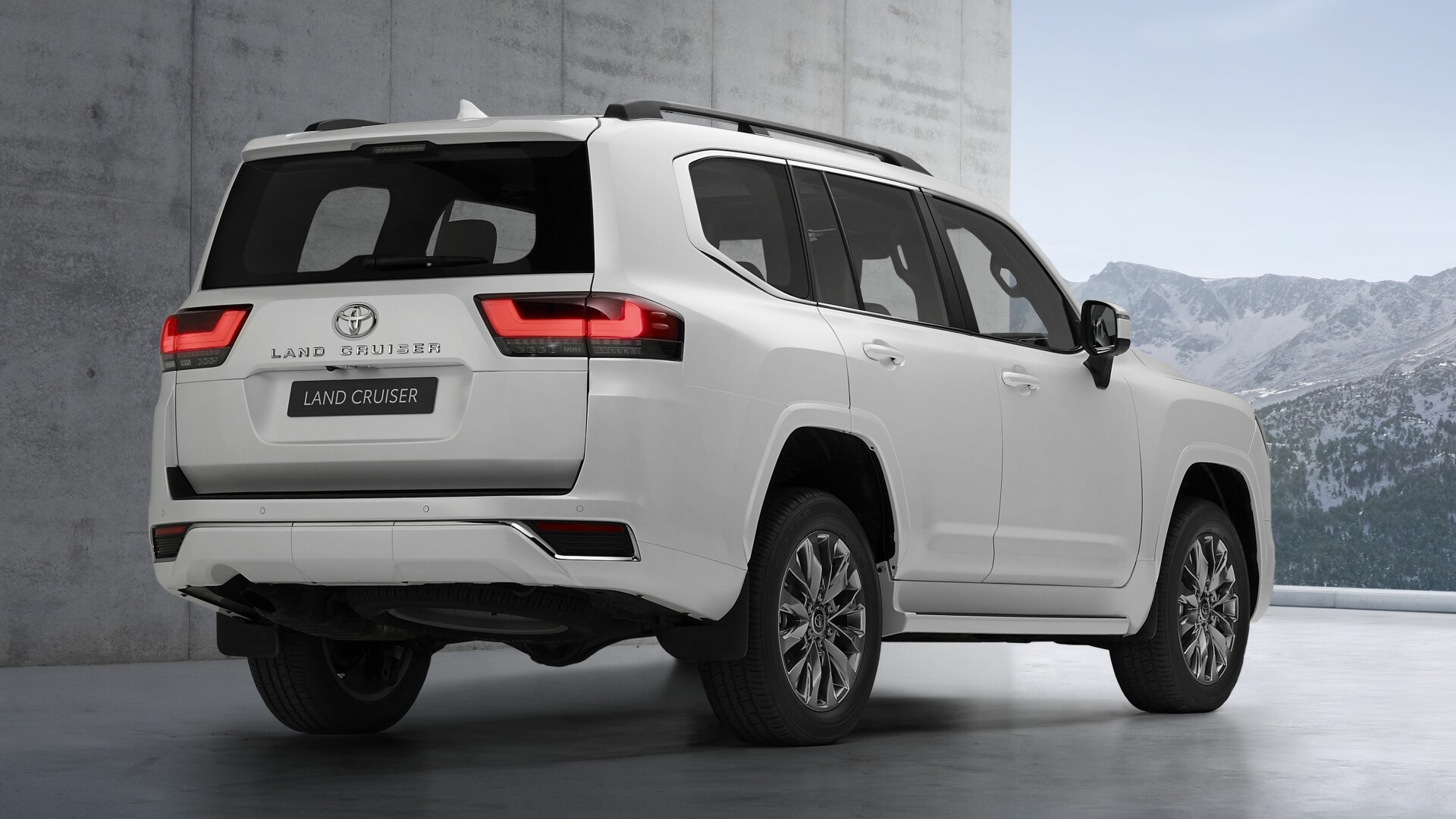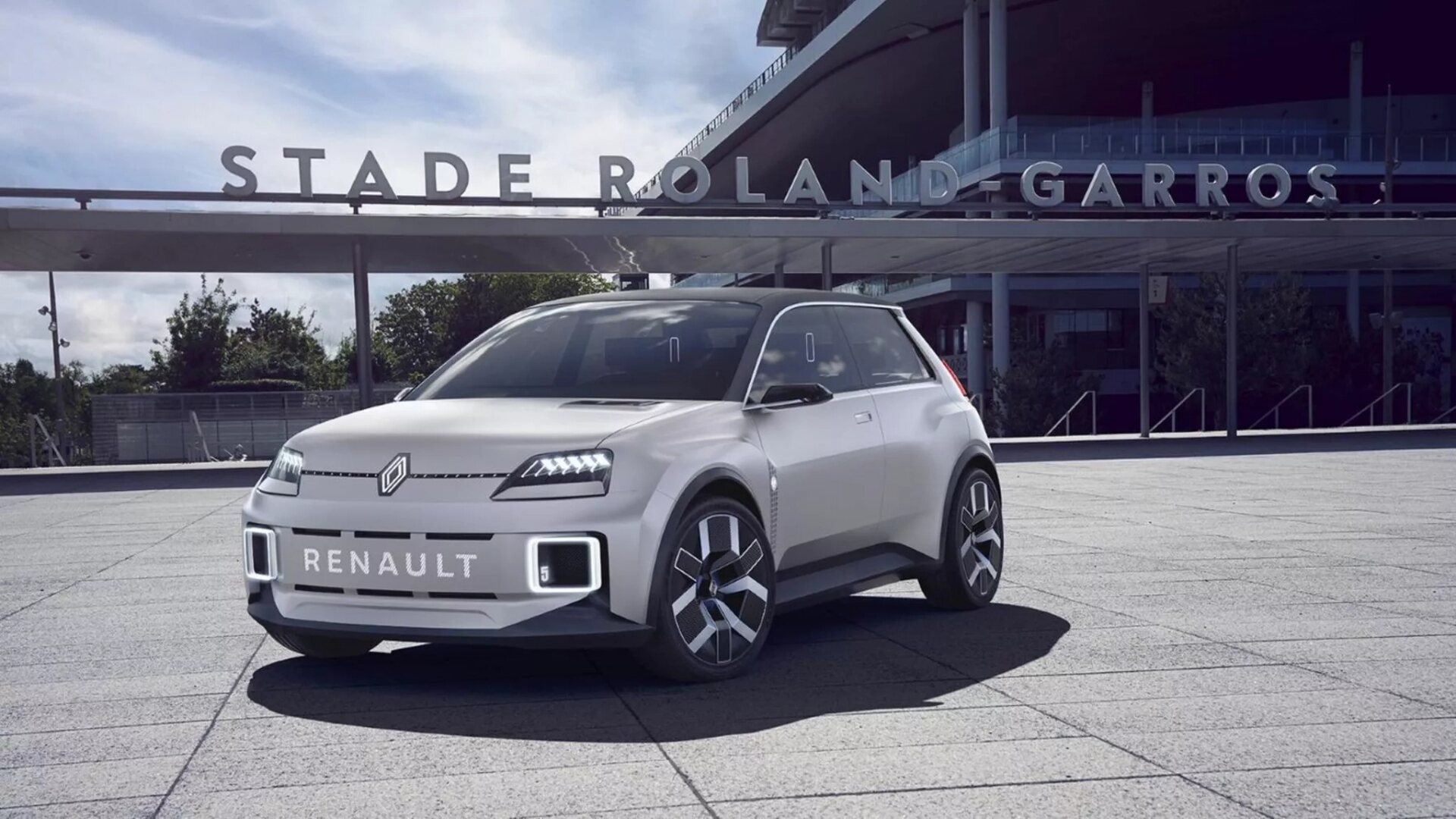Renault’s upcoming electric hatch, the Renault 5, is poised to potentially outlive even the renowned Toyota LandCruiser 200 Series V8, according to Renault’s CEO.
The retro-styled, budget-friendly electric vehicle draws inspiration from the classic 1972 Renault 5 and is anticipated to remain in production for up to 15 years with periodic updates to maintain its appeal.
The prospect of the Renault 5 potentially staying on the market until 2039 suggests a departure from the typical seven-year life cycle seen in the automotive industry. This longevity could position the Renault 5 as one of the oldest “new” cars available in Europe upon its launch later this year.
In comparison, the Toyota LandCruiser 70 Series, which is not available in Australia, holds the title of the oldest “new” car on sale, dating back 40 years. Following closely are models like the Fiat Ducato/Peugeot Boxer vans, Mahindra Pik-Up ute, and the Fiat 500 city car, all introduced in 2007.
Renault’s CEO, Luca de Meo, emphasized the iconic status of the Renault 5, indicating a commitment to retaining its distinctive design over the years.
While updates may include minor adjustments such as color variations, the core structure of the Renault 5 is expected to remain consistent for an extended period, offering potential buyers a lasting and timeless vehicle option reminiscent of the enduring Fiat 500 model.

“We’re not going to keep the 5 the same for seven years, but it’s an iconic product, so we don’t want to change the design,” de Meo stated, highlighting the brand’s intention to preserve the essence of the Renault 5 while allowing for interior innovations and enhancements.
Renault’s commitment to the longevity of its new Renault 5 electric hatch extends beyond its initial launch, with plans for regular updates and potential enhancements over its anticipated 15-year lifespan.
Surpassing the 12-year tenures of its predecessors, the original two generations of Renault 5 introduced in 1972 and 1984, the new Renault 5 aims to maintain its relevance through continuous improvements.
According to Renault executives, updates to the retro-styled city hatch are expected to occur regularly, with the possibility of an update even before the first UK deliveries in 2025.
While the Australian arrival date is yet to be confirmed, projections suggest it may not reach Australian shores until late 2026, following a similar timeline to the larger Megane E-Tech.
Project lead Laurent Leprieur outlined plans for future enhancements, including the introduction of new colors and potential advancements in technology and efficiency.
One notable consideration is the adoption of LFP (lithium ferro phosphate) batteries, which are cheaper to produce compared to the nickel-manganese-cobalt batteries initially planned for the Renault 5.

Renault aims to introduce a one-pedal driving experience shortly after the launch, offering four regenerative braking levels along with a full-stop, single-pedal mode. This feature is expected to enhance driving convenience and efficiency, aligning with the evolving trends in electric vehicle technology.
Despite its affordability, priced from €25,000 in Europe, Renault’s global boss suggests that the Renault 5 may become even more accessible in the future.
Learnings from upcoming models, such as the smaller and cheaper electric Twingo slated for release in 2026, could potentially drive down costs further, making electric mobility more attainable for a wider audience.
Renault’s commitment to affordability extends to ongoing efforts to streamline production and reduce costs for its electric vehicle lineup.
CEO Luca de Meo emphasized a proactive approach to optimization, aiming to implement efficiencies discovered during the development of models like the Twingo into future releases such as the Renault 5 and the electric SUV revival of the Renault 4.
Key strategies include maximizing the utilization of components across different models within the Renault lineup. For example, the Renault Captur SUV and Clio hatch’s front suspension, along with a compact, multi-link independent rear suspension derived from the Dacia Duster SUV, are utilized to maintain cost-effectiveness while ensuring performance and quality standards.

The decision to opt for independent rear suspension is particularly noteworthy, as it differs from the typical non-independent ‘torsion beam’ rear suspension found in cars of similar size.
Although this choice may have required adjustments to accommodate the larger battery pack, it underscores Renault’s commitment to delivering superior driving dynamics and comfort without compromising affordability.
By leveraging shared components and incorporating insights gained from ongoing projects, Renault aims to continuously refine its electric vehicle offerings while ensuring accessibility to a broader range of consumers.
This approach not only benefits the Renault 5 but also extends to other models within the Renault portfolio, reinforcing the brand’s commitment to innovation and value.

